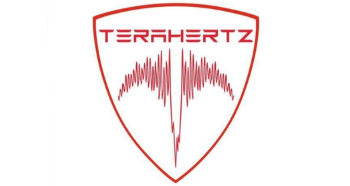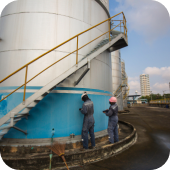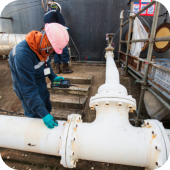

Terahertz Engineering Services PVT. LTD.
TERAHERTZ provides all kind of NDT related services & consultancy
Overview
M/s. Terahertz Engineering Services Pvt. Ltd. is founded to stand apart with the distinction of being the only company in India to usher in sophisticated techniques to improve quality of engineering services in India.
Terahertz is founded in Gujarat – an industrial state - in the year of 2021 and started up with providing technologically most advanced Non-Destructive Testing services to diverse industrial sectors such as cross-country pipelines, defence, refineries, power plants, aerospace etc.
Founded by first generation entrepreneurs with a vision to emerge as the leader in engineering services, Terahertz Engineering Services is committed to provide advanced technological solutions related to NDT in the most efficient manner to lead timely completion of projects.
We provide various NDT solutions and services such as Radiographic Testing, Ultrasonic Flaw Detection, Ultrasonic Thickness Testing, Magnetic Particle Inspection and Liquid Penetrant Testing to our clients. It has highly qualified and certified NDT Engineers trained under the guidance of BARC, AERB, ASNT, ISNT and PCN who are constantly researching to improve techniques and to adopt latest technological advancements to provide world-class services to Indian industries.
Products
Services
Ads












